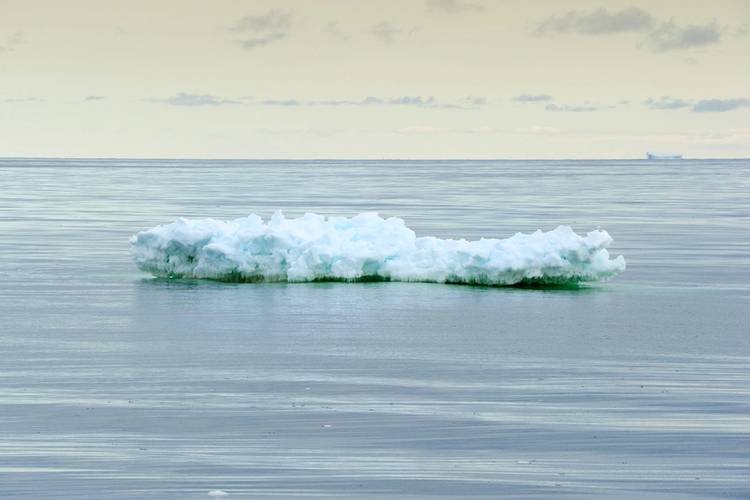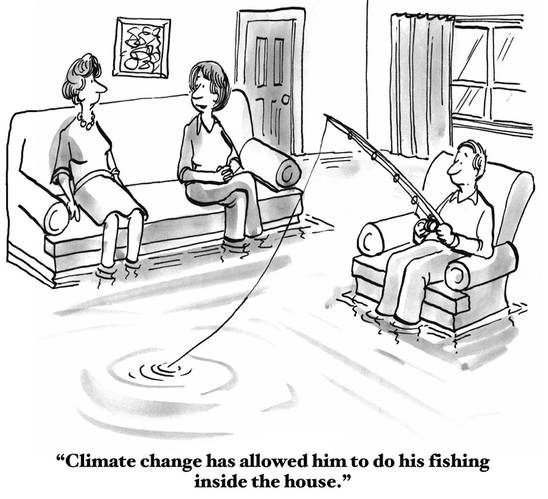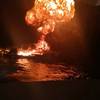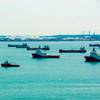The rapid loss of Arctic sea ice is a sentinel. Most of us will never venture into the Arctic, but it can and does provide us with a forewarning of impacts coming to our parts of the Earth – and some of the most significant impacts will directly affect the maritime industry.
In earlier times, coal miners were sometimes overcome by the buildup of odorless carbon monoxide gas. Some died as a consequence. Eventually it was realized that canaries were more susceptible to the gas than were humans. They would collapse in the presence of lower concentrations of carbon monoxide than the level necessary to have an impact on the miners. Caged canaries soon were being brought into the mines to serve as a sentinel species, providing an early warning to the miners that they had encountered a hidden danger. Many miners’ lives were saved.
Various species of living organisms can and do serve similar purposes. They are more sensitive to environmental changes than are humans, thus serving as early warning systems. The environment itself can also serve as a sentinel, with small or remote changes warning that changes of greater magnitude are developing.
Currently, the extent and condition of Arctic sea ice is in the midst of rapid change. Ice coverage in the Arctic Ocean seems to set new lower maximums every winter lately. In addition, the sea ice is getting thinner. Estimates are that, over the past 30 years, the Arctic area has lost 50 percent of its prior coverage and 75 percent of its volume. Previously, scientists calculate that the Arctic Ocean might be virtually ice-free during summer months by 2070. Because of a recent acceleration in warming air and sea temperatures in the Arctic, that date has been moved up to as early as 2040.
Some view these changes in eager anticipation. Merchant vessels could transit between the North Atlantic and the North Pacific via the Arctic, saving time and money.
The natural resources estimated to be located in the Arctic could be much more susceptible to exploitation.
Let’s stop for a moment though and consider what the rapid melting of Arctic sea ice is telling us.
I suggest a simple experiment. Take a clear glass filled about two-thirds with water. Place a few ice cubes therein, but not so many as to touch the bottom, and mark the side of the glass at the level of the water (not the ice). Allow the ice to melt. You will find that the level of the water is unchanged. This is because the free-floating ice, being lighter than liquid water, rode above the surface by displacing some of the water.
Now, do the experiment a second time, only add so much ice that it touches the bottom of the glass and rises well above the water. Again, mark the water level on the side of the glass and allow the ice to melt. This time, the new water level will be higher than the original water level. Ice that is not free-floating will increase the volume of surrounding liquid water when it melts.
You might say, so what if there is less Arctic sea ice – it will not impact the level of the sea. That is true.
But not all the ice in the Arctic is free-floating. In fact, the majority of Arctic ice is found in the Greenland ice cap, with lesser volumes of ice located on Arctic islands, such as Ellesmere and Svalbard. The same environmental changes that are accelerating the melting of Arctic sea ice are accelerating the melting of Arctic non-floating ice, although not yet to the same extent. As that non-floating ice melts, sea levels around the world will rise.
If the Greenland ice cap were to melt, the U.S. Geological Survey estimates that sea level would rise by about six meters (20 feet).
Another, sometimes overlooked, factor in sea level rise is the increasing temperature of the sea. Like many other substances, water expands as it warms. Thermal expansion of sea water is estimated to have caused almost half of the sea level rise experienced during the past century, putting it on a par with glacial melt.
There is no indication that the rate of the rise in air and ocean water temperatures is likely to decrease in the foreseeable future without significant changes. What those changes should be is outside my limited range of knowledge, thus I will leave that to the experts..
I can say, though, that the rapid loss of Arctic sea ice is a sentinel. Most of us will never venture into the Arctic, but it can and does provide us with a forewarning of impacts coming to our parts of the Earth – and some of the most significant impacts will directly affect the maritime industry.
The number of ice bergs reaching the North Atlantic during the first week of April this year was about 450, up from 37 the week before, making this the fourth consecutive extreme ice season. This is forcing ships in the area to slow or to divert south to warmer waters. The vast majority of the larger bergs are calved off Greenland glaciers, which are flowing into the sea at a slow but ever-increasing rate.
Sea ports, by definition, are located along the coasts. They are generally sited just a few feet above sea level. Thus, sea ports are highly sensitive to sea level rise. In the United States, the ports of Norfolk and Miami are currently most at risk.
The U.S. Navy is developing contingency and mitigation plans for addressing the threat of sea level rise to Naval Station Norfolk, the world’s largest naval base.
Miami has been ranked first of all the world’s major port cities in terms of value of assets exposed to inundation today. The Port Miami Tunnel linking cargo terminals with the land-based transportation system was closed for the first time in 2016 in advance of Hurricane Matthew due to the threat of inundation of the port.
The Thames Barrier has been in operation since 1984 to protect Greater London from being flooded by exceptionally high tides and storm surges. At the time of construction, it was anticipated that the barrier would be closed two to three times per year. It is now closed six to seven times per year. The design was prepared with full consideration of then-anticipated sea level changes, but sea level has risen faster than those predictions foresaw.
Sea ports are not alone is the risk. Much of the Louisiana coast is in danger in inundation. One island community there was recently abandoned as untenable. Others will surely follow. Islands in the Pacific have disappeared below the waves and others are smaller than they were previously. Bangladesh has a massive river delta that is slowly being flooded, potentially displacing millions.
Change is coming. Watch your tide gauge.|
The Author
Dennis L. Bryant is with Bryant’s Maritime Consulting, and a regular contributor to Maritime Reporter & Engineering News as well as online at MaritimeProfessional.com.
t: 1 352 692 5493




















